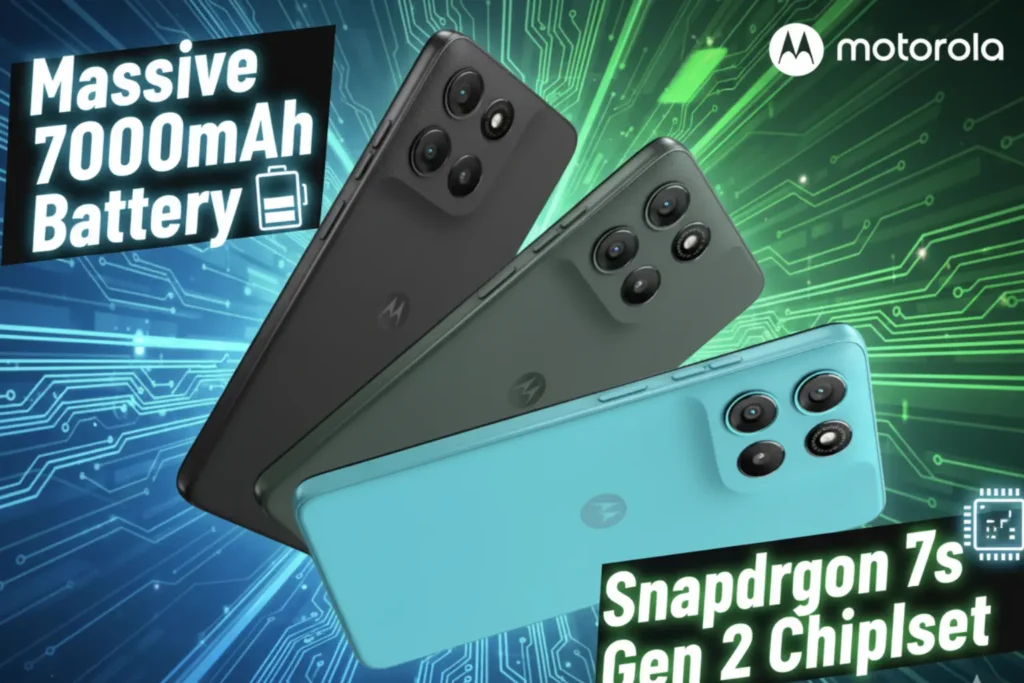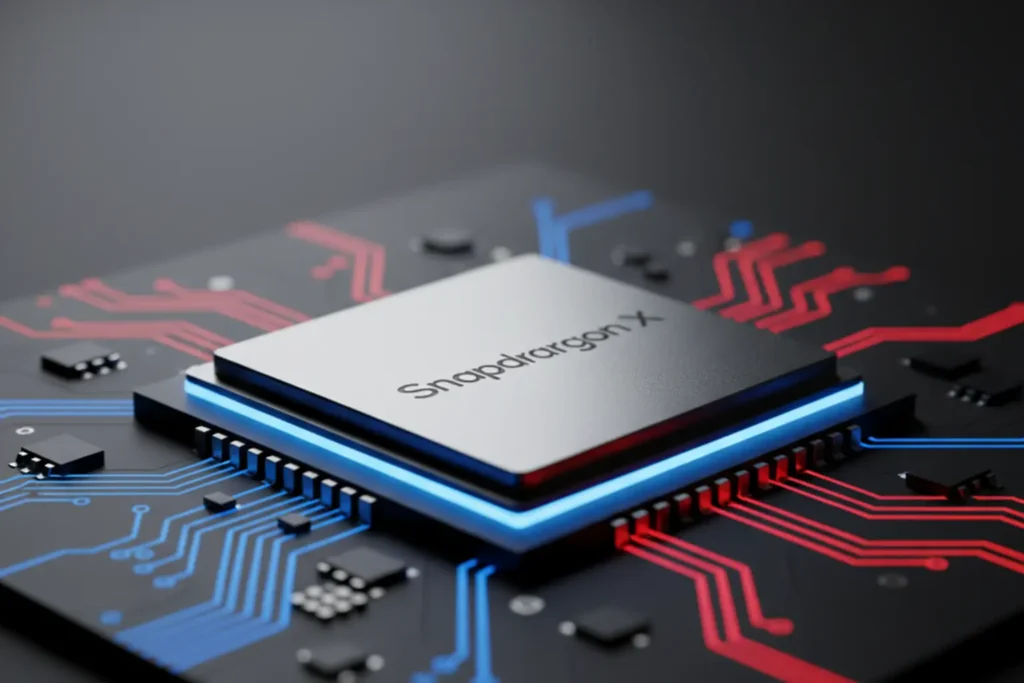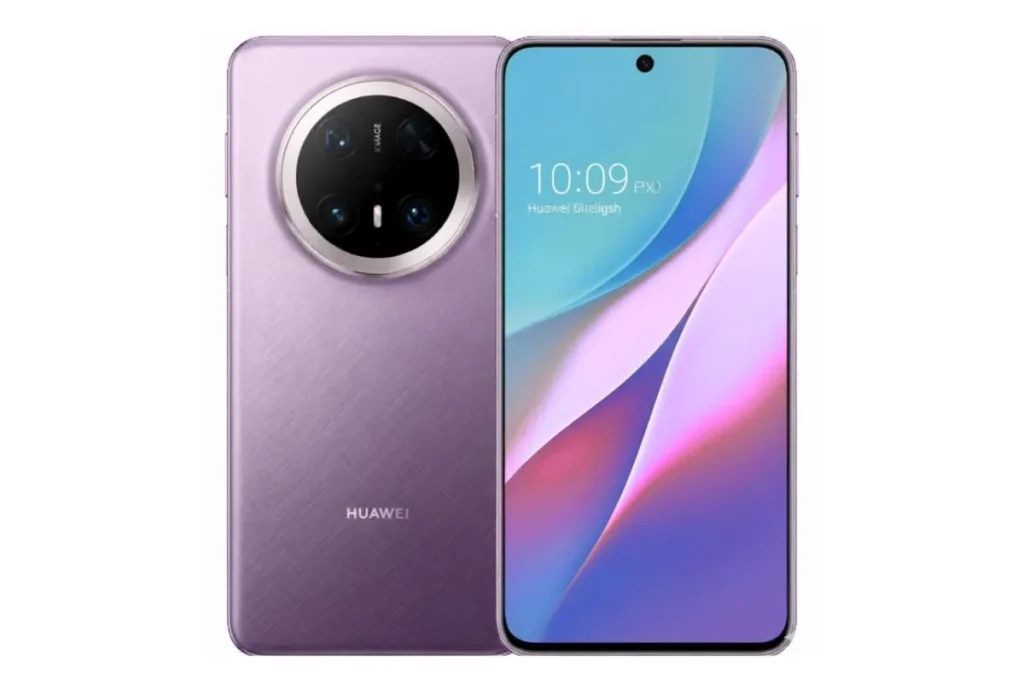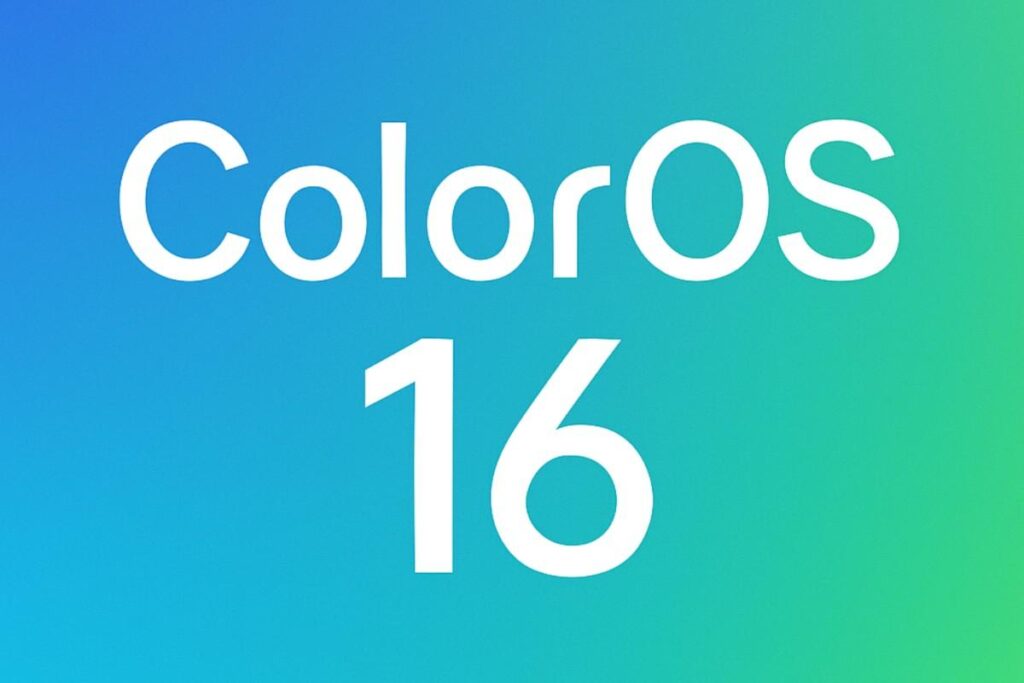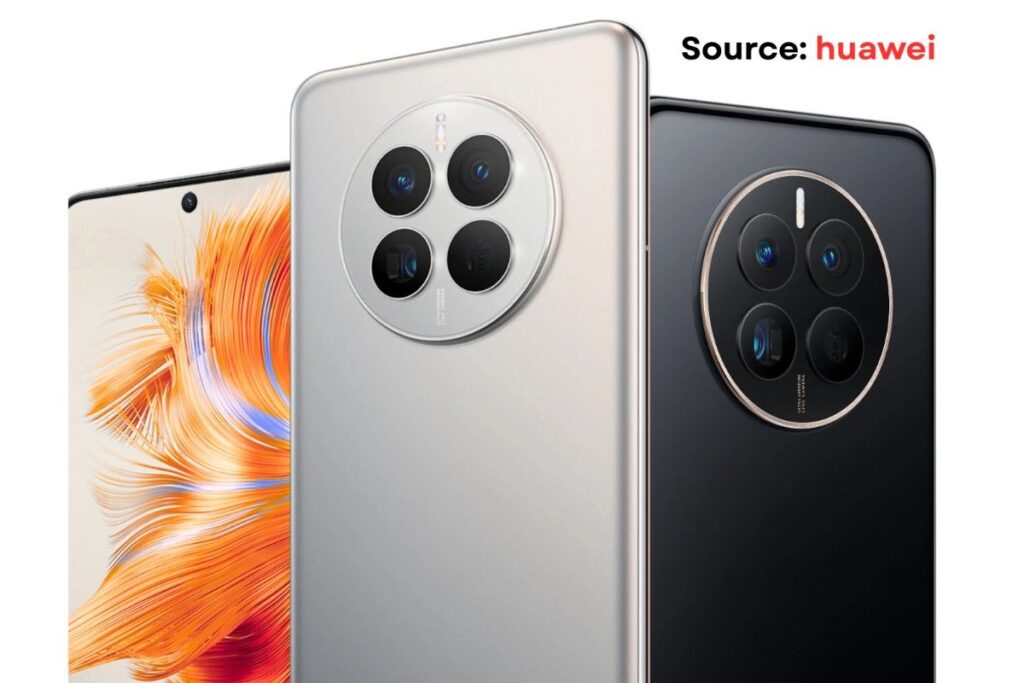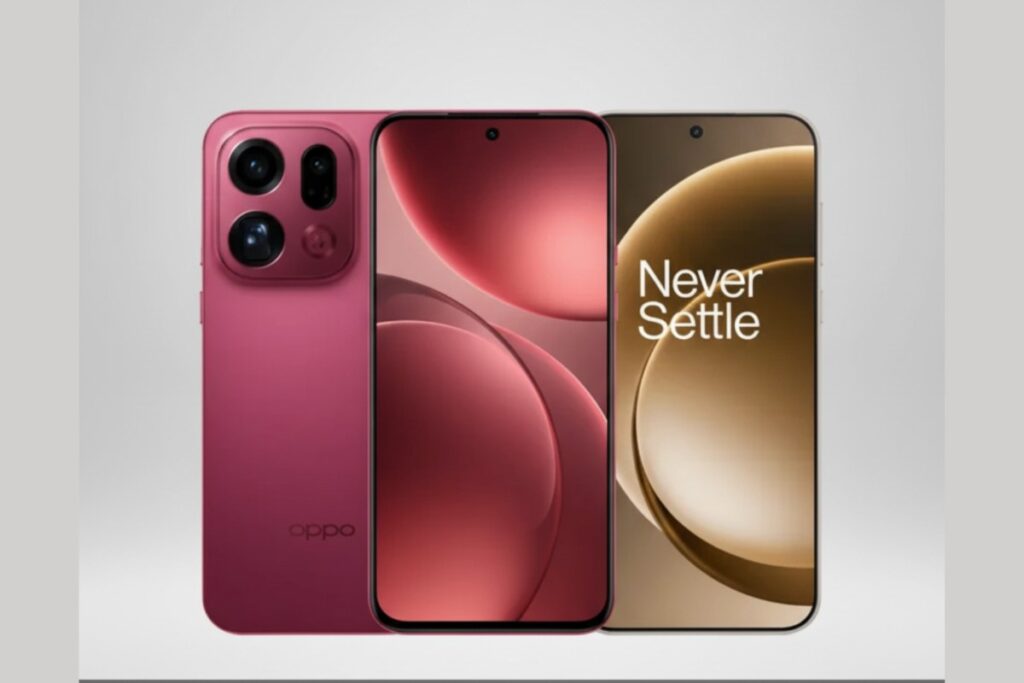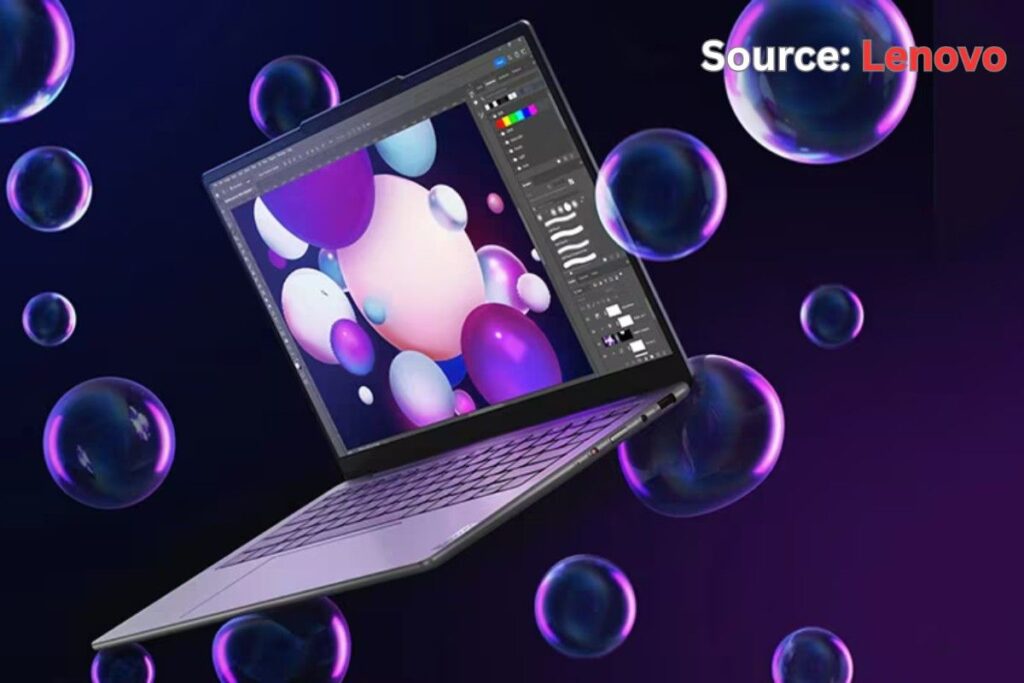Why the Moto G100s Could Be the Best Battery Phone of 2025
Moto’s new Moto G100s leans hard on endurance and everyday speed: a 6.72-inch 120Hz screen, a monster 7,000 mAh battery and Qualcomm Snapdragon-class silicon that promise multi-day use without the premium price. It’s a pragmatic mid-ranger aimed at people who put runtime above camera bravado. Moto G100s Specifications Moto G100s Key Specifications Quick at-a-glance hardware overview Display 6.72-inch FHD+ (1080 × 2400) IPS LCD, 120 Hz refresh rate. Processor Qualcomm Snapdragon 7s Gen 2 (upper-midrange 5G SoC). Memory & Storage 8GB RAM + 128GB storage (typical); higher variants up to 12GB RAM + 256GB storage in select markets. Battery & Charging 7,000 mAh battery with approx. 30W wired charging tuned for all-day endurance over ultra-fast top-ups. Cameras Rear: 50MP main + 8MP ultra-wide. Front: 8–32MP selfie camera (variant/region dependent). Connectivity & Extras 5G support, side-mounted fingerprint scanner, G-series design and software polish, initially launching in China with aggressive pricing. 120 Hz Display 7,000 mAh Battery Snapdragon 7s Gen 2 5G Ready The Moto G100s uses a 6.72-inch FHD+ IPS LCD instead of OLED, prioritizing cost and battery life. It delivers a smooth 120Hz experience for scrolling and gaming, with decent colors but weaker blacks, HDR, and peak brightness compared to OLED phones. Outdoor visibility is acceptable, and while it’s not the most premium display, it hits the right balance for a battery-focused mid-range device. Moto G100s Snapdragon 7s Gen 2 Inside The Moto G100s is powered by the Snapdragon 7s Gen 2, a 4nm mid-range chip focused on efficiency over raw power. It’s faster and cooler than older 600-series chips, handles everyday tasks smoothly, and delivers decent 60–90fps gaming. The base 8GB/128GB variant can go up to 12GB/256GB, with microSD expansion for extra flexibility. With up to LPDDR5 RAM and UFS storage, apps stay in memory longer, multitasking feels effortless, and the large battery benefits from the chip’s low heat and power draw. Overall: not a flagship performer, but an excellent efficiency-first daily driver. Moto G100s Battery Life Talking about the battery, This phone packs a huge 7,000mAh battery, delivering up to two days of real-world use thanks to its efficient Snapdragon 7s Gen 2 chip and LCD display. Charging is capped at around 30W, taking 1.5-2 hours for a full refill, but the slower speed helps preserve long-term health. There’s no wireless charging, but the endurance is exceptional perfect for travelers, power users, and anyone who wants a phone that outlasts the day without anxiety. Moto G100s Camera Performance The Moto G100s uses a simple dual-camera setup: a 50MP main sensor and an 8MP ultrawide. It performs well in good lighting with natural colors and decent detail, but low-light photos and ultrawide shots show softness and noise. Video recording tops out at 1080p/60 or 4K/30 with basic stabilization. The selfie camera varies by region (8MP–32MP) and is suitable for calls and casual photos. Overall, the cameras are reliable for everyday use but not aimed at flagship-level photography — a fair trade-off for a battery-focused mid-range phone. The phone focuses on practical connectivity and user-friendly features. It includes 5G, dual VoLTE, Wi-Fi 5/6, Bluetooth 5.x, GPS, and NFC in select regions. There’s USB-C, a 3.5mm headphone jack, and microSD expansion, making it more flexible than many modern devices. A side-mounted fingerprint scanner provides reliable security, and the software is clean, near-stock Android with Moto gestures and expected updates (about 2 OS upgrades + 3 years of patches). Extras like stereo speakers, FM radio, and basic IP52 splash resistance are included, while wireless charging and full waterproofing are skipped to keep costs in check. Overall, it’s feature-complete without flashy gimmicks. 2025 Mid-Range Phone Comparison ChatGPT said: This phone competes in the 2025 mid-range market against options like the Galaxy M55 and Redmi Note 14 Pro, but each brand takes a different approach. Samsung emphasizes AMOLED and faster charging, Redmi pushes premium cameras and design, while Motorola focuses on battery life and efficiency. A comparison table makes the trade-offs clear and shows how this device stands out as the battery-first choice in a segment usually driven by style or performance. Model Display Processor / Memory Battery and Charging Camera and Notes Moto G100s 6.72 inch 1080×2400 120Hz LCD Snapdragon 7s Gen 2 8GB RAM 128GB storage base 7000mAh approx 30W charging 50MP main plus 8MP ultrawide Samsung Galaxy M55 5G 6.7 inch Super AMOLED Plus 120Hz Snapdragon 7 Gen 1 up to 12GB RAM and 256GB storage 5000mAh 45W charging 50MP triple rear camera and 50MP front camera Redmi Note 14 Pro 5G 6.67 inch AMOLED 1220×2712 120Hz Dimensity 7300 Ultra 8GB RAM and higher storage options 5110mAh 45W fast charging Up to 200MP camera in higher variants
Why the Moto G100s Could Be the Best Battery Phone of 2025 Read More »

